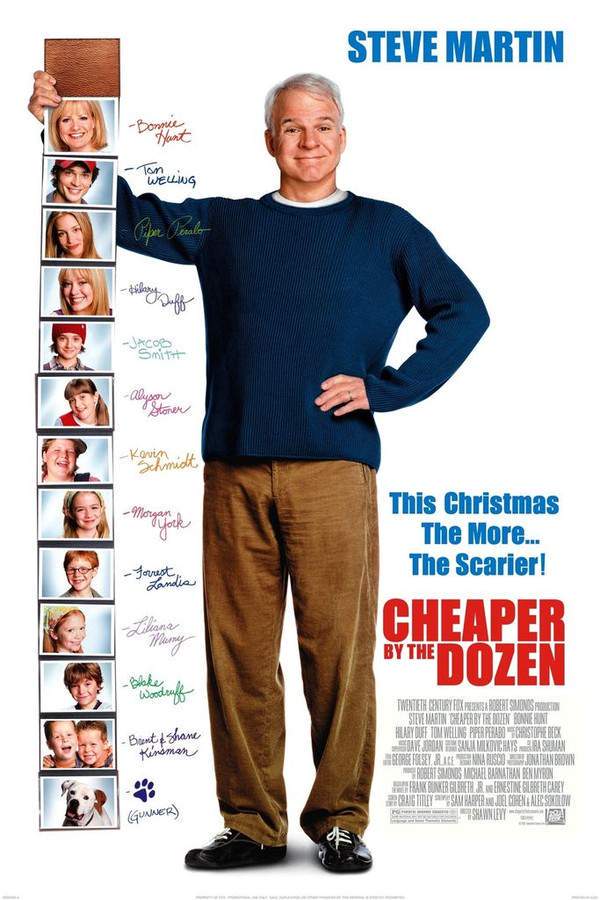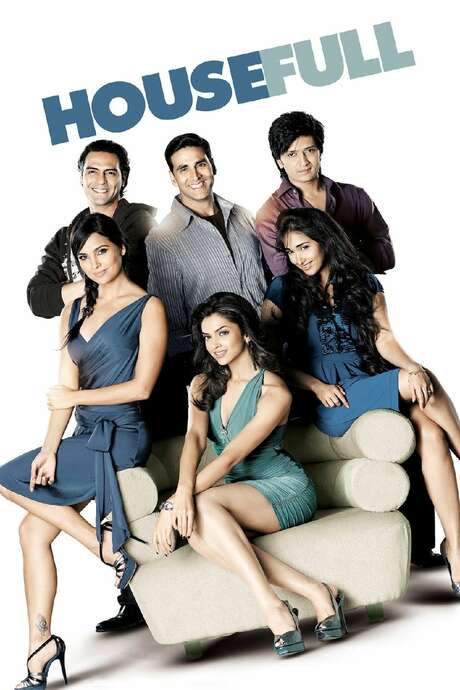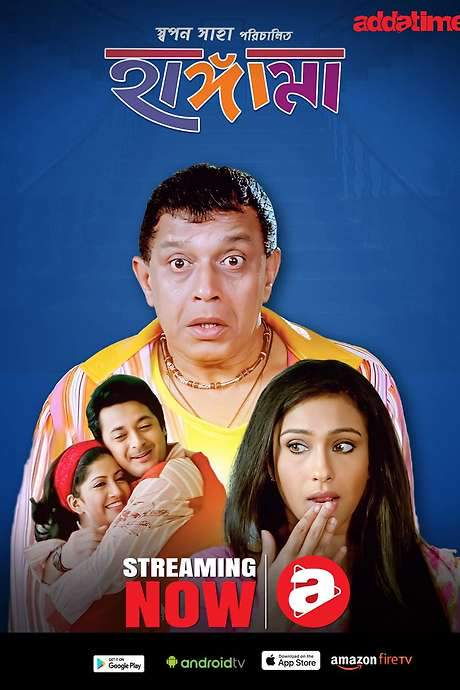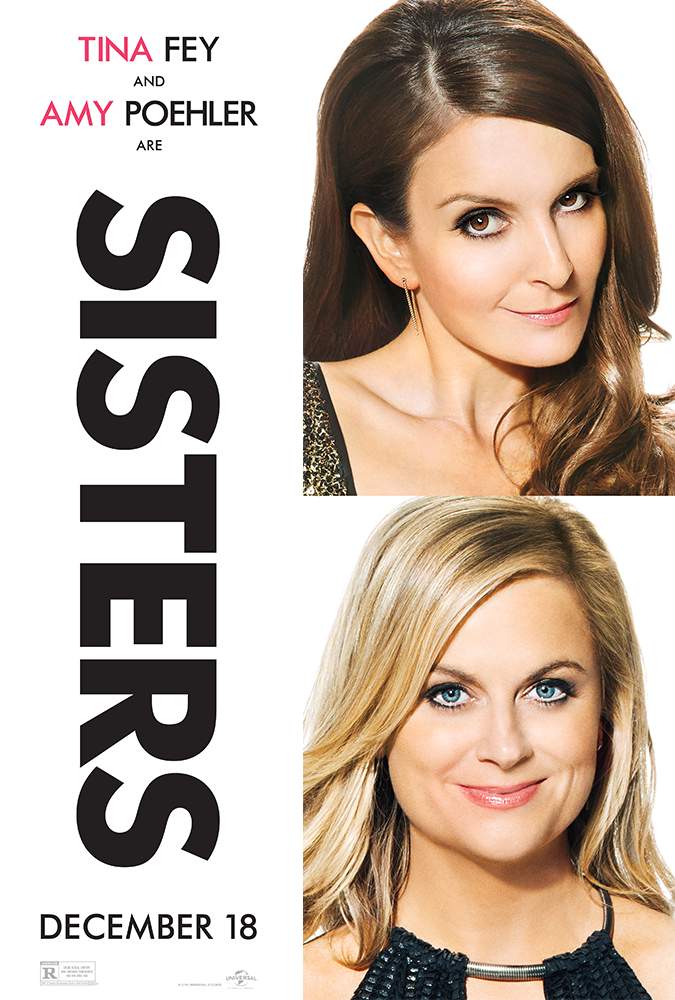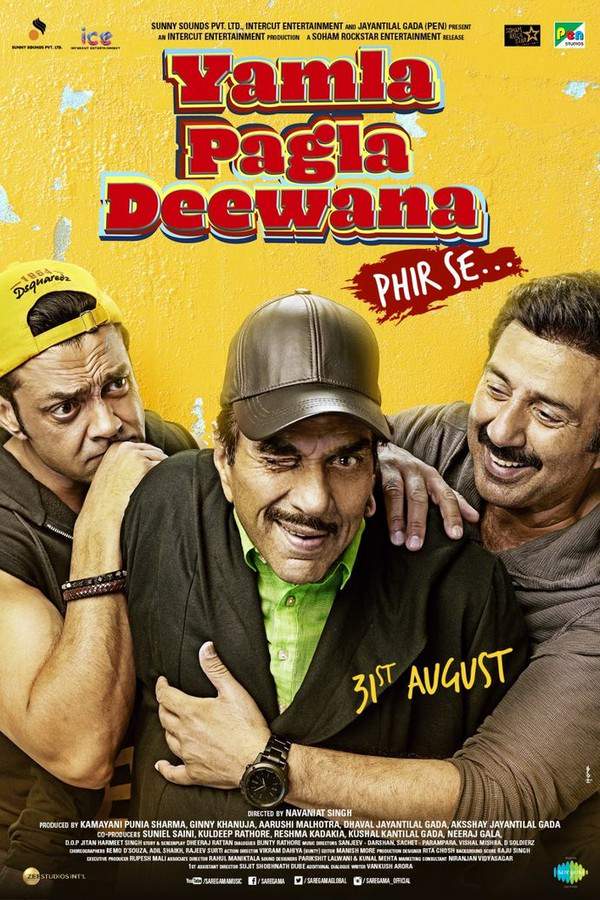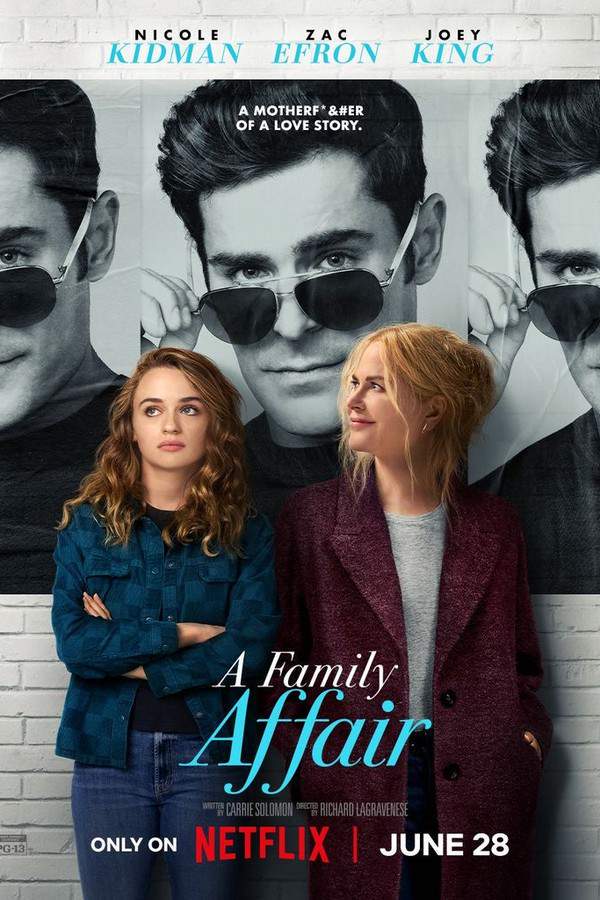
Golmaal 3
Year: 2010
Runtime: 140 mins
Language: Hindi
Director: Rohit Shetty
The film centers on the bitter rivalry between two groups of siblings who share the same household. Though they dine, pray and live under one roof together, their constant squabbles and inability to tolerate one another drive the comedic chaos, highlighting family discord and humor.
Warning: spoilers below!
Haven’t seen Golmaal 3 yet? This summary contains major spoilers. Bookmark the page, watch the movie, and come back for the full breakdown. If you're ready, scroll on and relive the story!
Golmaal 3 (2010) – Full Plot Summary & Ending Explained
Read the complete plot breakdown of Golmaal 3 (2010), including all key story events, major twists, and the ending explained in detail. Discover what really happened—and what it all means.
Pritam, nicknamed Pappu, is an elderly bus driver, brought to life on screen by Mithun Chakraborty. He supports three lively and troublesome sons—Madhav, the fearless group leader; Laxman, the poetic and quick-to-miss-temper boy; and Lucky, the innocent mute who often stays out of words but never out of mischief. Their ongoing shenanigans revolve around small-time scams that keep the family in a perpetual scrape, even as their world intersects with Geeta, known as Guddi, an elderly woman whose two sons share a place of pride with their mother’s water sports stall by the beach. Geeta’s sons include Laxman Prasad and Gopal Kumar Santoshi, who run a competing water sports operation funded by a local don, Vasooli Bhai. Daboo, Gopal’s and Laxman’s business partner, also figures in a tense, evolving tension as Geeta sometimes suspects a spark between her former college flame, Geeta’s partner, and Pritam’s family.
The plot thickens when Madhav, Laxman, and Lucky’s don, Pappi, together with his loyal crew Daga and Teja, pull off a jewel heist—the queen’s necklace. In their escape they overflow the police’s radar, and, in a scramble, end up fleeing toward Goa. Pappi, who battles with short-term memory, hides the precious necklace in Pritam’s house, setting off a chain of farcical events that will force two very different families into unexpected proximity. At a seafront bar where both clans cross paths, Pritam’s sons launch a rival water sports shack directly opposite Geeta’s sons’ stall, and the two businesses quickly spiral into a competitive, goofy war. The two crews vie to outdo one another with ever more outlandish schemes, but their attempts fail in the most comic ways, drawing in everyone with a shared appetite for mischief.
In a bid to settle the growing tension, Pritam travels to speak with their rivals. There, he unexpectedly reunites with Geeta, his college sweetheart, and the reunion blooms into a romance that unsettles the fragile balance of the new family alliance. Daboo overhears this reunion and, seeking control over her own destiny, schemes to wed Pritam and Geeta herself, bypassing the younger generation’s opinions. Soon after, the couple ties the knot, and the two families begin living together under one roof, a chaotic hub filled with loud laughter, constant bickering, and nonstop schemes that fuel a comic, noisy domestic life.
With the newly merged household, celebrations and everyday upheavals collide. Daboo’s birthday at a mall becomes a turning point when Raghu, a debtor of Pritam’s sons, launches an attack that injures Geeta. Gopal, who had earlier resisted joining the fray, arrives to back up the family, and the five sons band together to fend off Raghu and his goons. This incident sparks a bitter but humorous argument among the brothers about who solved which problem and who bore the brunt of the consequences for their parents. The conflict comes to a head when Lucky, overhearing the disagreement, learns a painful truth—that Pritam and Geeta are not their biological parents. Daboo, who is also an orphan, confronts them and threatens to reveal the truth to Pritam and Geeta. In a show of loyalty and affection, Lucky and the others vow to keep the secret, choosing to become brothers in the truest sense rather than by blood.
In another turn, the families invest in a grand toy store, opening with the help of Vasooli Bhai and Pappi. A memory-recovery crisis unfolds when Pappi recalls the necklace’s hiding place and tries to surrender, triggering a fresh round of chaos and confusion. Misunderstandings explode into a chaotic chase that culminates in Pritam finally locating the necklace, while Pappi and his goons are cornered and arrested, their plan unraveling under the watchful eye of Gopal and Daboo, who manipulate the moment to reveal the truth and ensure that the necklace is recovered.
As the dust settles, Pritam and Geeta embark on their honeymoon, while the rest of the family—Gopal, Madhav, Lucky, and the two Laxmans—end up in a heated dispute over rooms and territory. Daboo tries to calm the situation, but the quarrel spirals into a full-blown comic melee. The tension reaches a peak, and Daboo delivers a memorable line that becomes the playful meta-coda of the film: > I can’t stop them, only one man can. The moment is literalized when she pulls Rohit Shetty, the director, and the rest of the crew into the frame to halt the chaos. In a wonderfully chaotic finale, the entire cast and crew step into the shot, their laughter and confusion blending with the film’s avalanche of misadventures, leaving the audience with a heartwarming sense of family, togetherness, and a celebration of the chaos that binds them all.
The movie thrives on a chorus of vibrant personalities, each contributing to the humor, warmth, and melodrama that make up this story of two families learning to share one home. The ensemble includes Johnny Lever as Pappi, Arshad Warsi as Madhav Singh Ghai, Sanjay Mishra as Daga, Vijay Patkar as Havaldar Gandhari, Prem Chopra as Prem Chopra, Ashwini Kalsekar as Chintu, Murali Sharma as Dhande, Kareena Kapoor Khan as Dabbu, Ratna Pathak Shah as Geeta, Vrajesh Hirjee as Teja, Viju Khote as Shambhu, and Harry Josh as Raghav, weaving together a tapestry of humor, heart, and explosive family dynamics. Each character’s quirks—whether it’s Madhav’s leadership, Laxman’s lyricism, Lucky’s quiet resilience, or Geeta and Pritam’s tender history—are given space to glow, creating a lively, feel-good comedy that never misses a beat.
Last Updated: October 09, 2025 at 16:57
Explore Movie Threads
Discover curated groups of movies connected by mood, themes, and story style. Browse collections built around emotion, atmosphere, and narrative focus to easily find films that match what you feel like watching right now.
Chaotic Family Comedies like Golmaal 3
Stories where familial conflict fuels hilarious, high-energy household mayhem.If you enjoyed the hilarious household turmoil in Golmaal 3, you'll love these movies. This collection features high-energy comedies centered on sibling rivalry, slapstick humor, and family discord that ultimately resolves with heartwarming togetherness. Discover more films with similar chaotic energy and laugh-out-loud family dynamics.
Narrative Summary
Narratives in this thread often revolve around a central household or family unit fractured by internal competition and misunderstandings. The plot is propelled by a series of escalating pranks, schemes, and comedic set pieces that test the characters' tolerance for one another. A final revelation or external threat typically forces the feuding parties to unite, solidifying their bond and leading to a celebratory, happy resolution.
Why These Movies?
Movies are grouped here for their shared focus on generating comedy from exaggerated family dynamics, their fast-paced and energetic tone, and their balanced mix of chaotic slapstick with an ultimately uplifting, feel-good emotional core. They provide a specific type of humorous, high-energy viewing experience centered on familial bonds.
Found Family Comedies Similar to Golmaal 3
Groups of misfits who bicker constantly but become a true family through chaos.For viewers who loved the theme of chosen family in Golmaal 3, this list highlights movies where groups of rivals or misfits become a true family through hilarious misadventures. These stories blend slapstick comedy with heartfelt moments, perfect for fans of energetic ensembles and uplifting endings.
Narrative Summary
The narrative pattern begins with a group of individuals united by circumstance but divided by personality. The majority of the runtime is spent on their competitive and chaotic interactions, which serve as the comedic engine. A pivotal moment, often involving a shared secret or an external conflict, shifts their dynamic from rivalry to camaraderie, emphasizing that the bonds formed through shared experience are stronger than those of blood or initial convenience.
Why These Movies?
This thread connects movies based on a core thematic arc: the evolution from discord to unity. They share a specific emotional mix of lighthearted conflict and genuine warmth, a fast pacing driven by ensemble chemistry, and a narrative structure that uses comedy as the pathway to a heartfelt conclusion about belonging.
Unlock the Full Story of Golmaal 3
Don't stop at just watching — explore Golmaal 3 in full detail. From the complete plot summary and scene-by-scene timeline to character breakdowns, thematic analysis, and a deep dive into the ending — every page helps you truly understand what Golmaal 3 is all about. Plus, discover what's next after the movie.
Golmaal 3 Timeline
Track the full timeline of Golmaal 3 with every major event arranged chronologically. Perfect for decoding non-linear storytelling, flashbacks, or parallel narratives with a clear scene-by-scene breakdown.

Characters, Settings & Themes in Golmaal 3
Discover the characters, locations, and core themes that shape Golmaal 3. Get insights into symbolic elements, setting significance, and deeper narrative meaning — ideal for thematic analysis and movie breakdowns.

Golmaal 3 Spoiler-Free Summary
Get a quick, spoiler-free overview of Golmaal 3 that covers the main plot points and key details without revealing any major twists or spoilers. Perfect for those who want to know what to expect before diving in.

More About Golmaal 3
Visit What's After the Movie to explore more about Golmaal 3: box office results, cast and crew info, production details, post-credit scenes, and external links — all in one place for movie fans and researchers.





